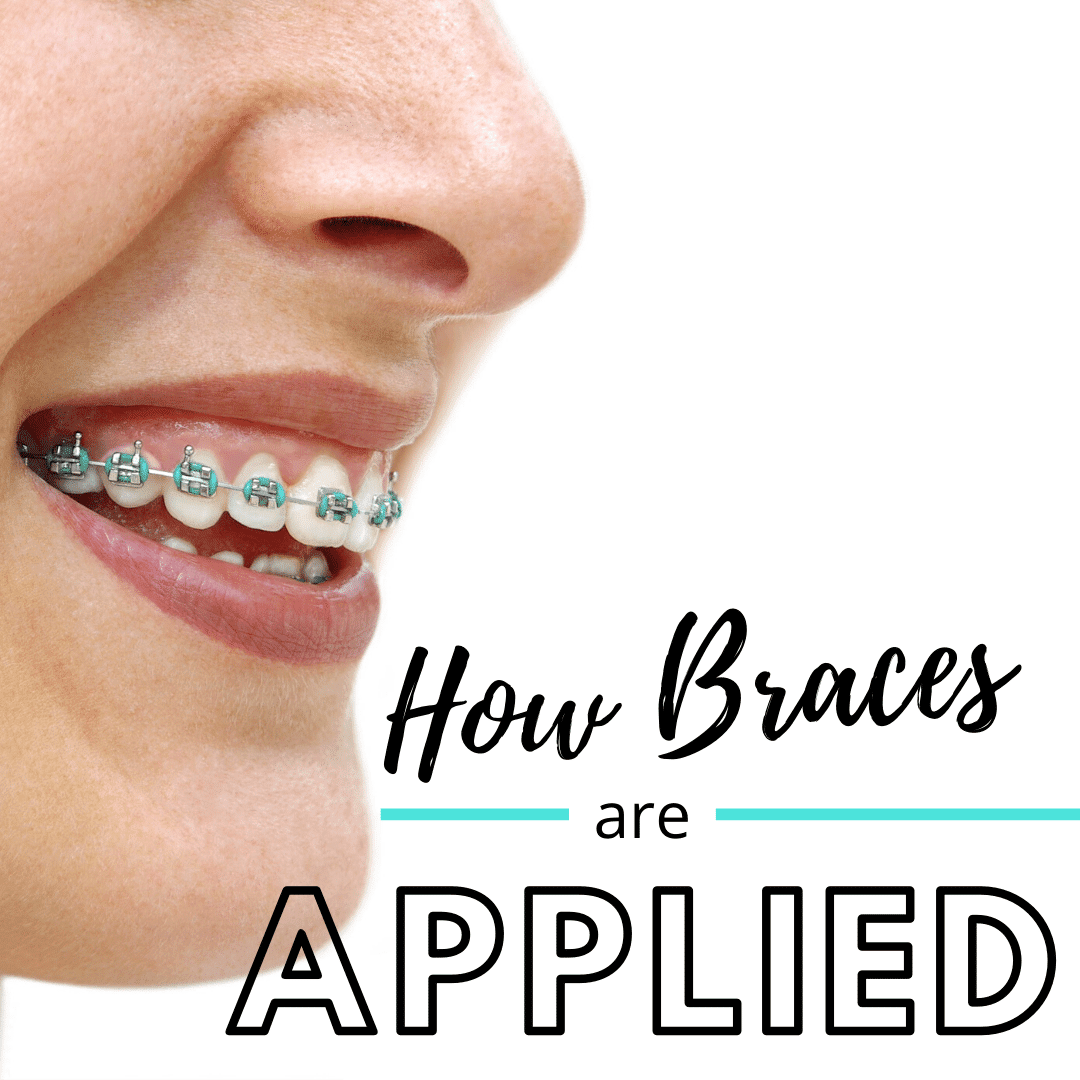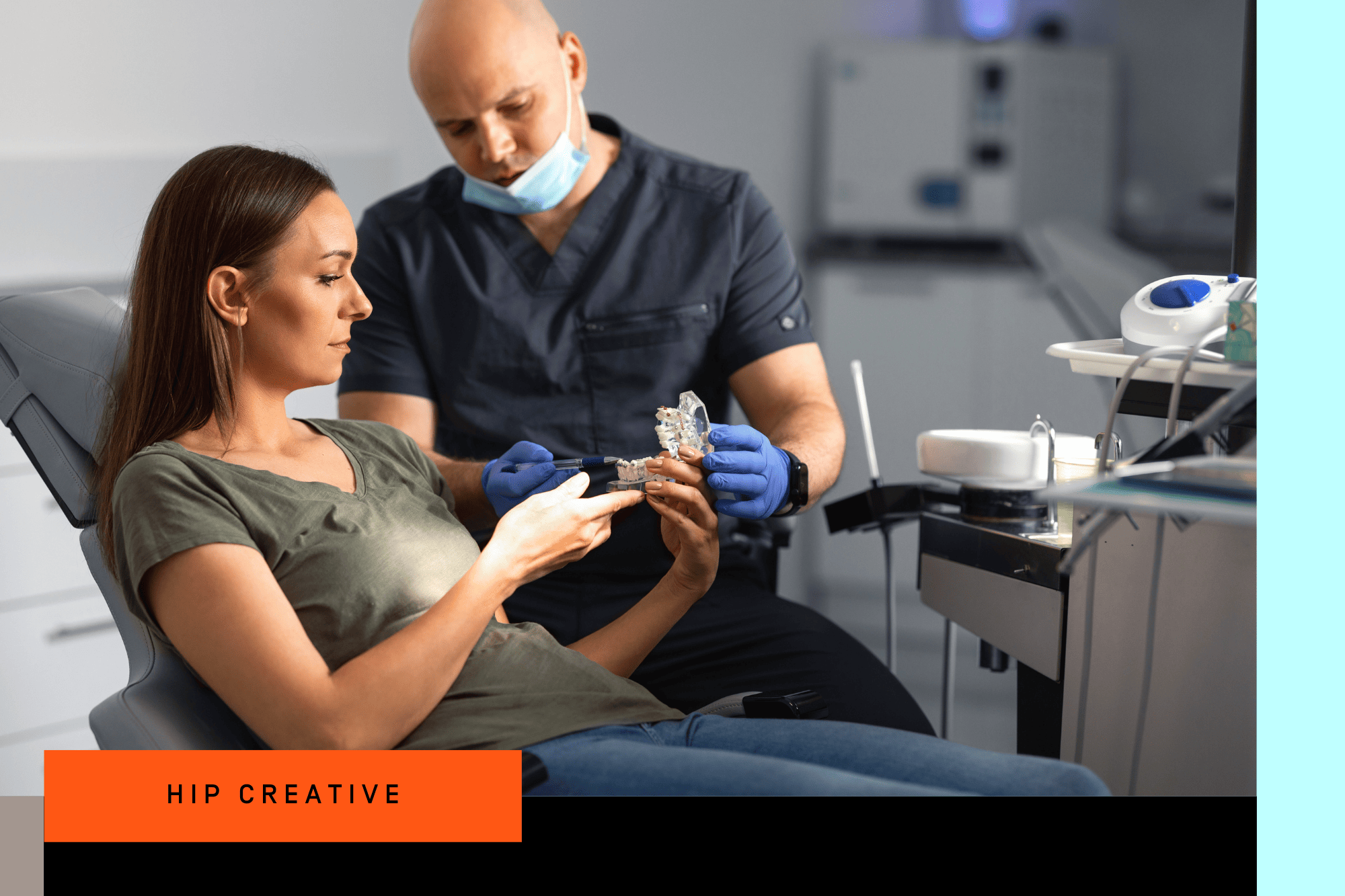What Does All Star Family Orthodontics Mean?
What Does All Star Family Orthodontics Mean?
Blog Article
All about All Star Family Orthodontics
Table of ContentsThe Buzz on All Star Family OrthodonticsAll Star Family Orthodontics Fundamentals ExplainedNot known Details About All Star Family Orthodontics Not known Facts About All Star Family OrthodonticsNot known Details About All Star Family Orthodontics

In addition, we offer adjustable therapy timetables, adaptable repayment alternatives and an enjoyable, delightful experience.
An orthodontist is a dental professional educated to identify, stop, and treat teeth and jaw irregularities. Orthodontists work with people of all ages, from kids to adults.
Malocclusion, or misaligned teeth, can result in oral problems, including tooth degeneration, gum tissue disease, and tough or uncomfortable eating. But not everyone is birthed with straight teeth. If you have a poor bite or big spaces in between your teeth, you might wish to seek advice from a dental professional focusing on orthodontic care.
What Does All Star Family Orthodontics Do?
(Photo Credit Score: DigitalVision/Getty Images) Orthodontists use dealt with and detachable oral tools, like braces, retainers, and bands, to transform the setting of teeth in your mouth. Orthodontic therapy is for oral abnormalities, consisting of: Misaligned teethBite problems, like an overbite or an underbiteCrowded teeth or teeth that are as well far apartJaw misalignmentThe goal of orthodontic treatment is to improve your bite.
While you might assume of orthodontists as primarily for children or teens that require dental braces, they can remedy oral issues at any type of age. Orthodontists participate in college, dental college, and orthodontic institution.
, yet not all dental experts are orthodontists. They concentrate on two locations: Exactly how to correctly and securely relocate teeth Exactly how to effectively guide advancement in the teeth, jaw, and faceOnce an orthodontist has actually completed training, they have the option to become board certified.
The Definitive Guide to All Star Family Orthodontics
Misalignment, or malocclusion, is one of the most common reason people see an orthodontist. It is genetic and is the result of dimension differences in between the top and lower jaw or in between the jaw and teeth. Malocclusion results in tooth overcrowding, an askew jaw, or uneven bite patterns. Malocclusion is normally treated with: Your orthodontist attaches steel, ceramic, or plastic square bonds to your teeth.
If you have only minor malocclusion, you might be able to make use of clear braces, called aligners, as opposed to typical dental braces. Some individuals require a headgear to aid relocate teeth right into line with pressure from outside the mouth. After dental braces or aligners, you'll need to use a retainer. A retainer is a custom device that keeps your teeth in position.

You may require to see an orthodontist if you have: Crowding or otherwise sufficient room for all of your teethOverbite, when your top teeth come your bottom teethUnderbite, when your base teeth are too much forwardSpacing or issues with gapsCrossbite, which is when your upper teeth fit behind your base teeth when your mouth is closedOpen bite or an upright space between your front base and top teethMisplaced midline, when the facility of your base and upper teeth do not align Dealing with an oral malocclusion can: Make biting, chewing, and speaking easierImprove the proportion of our face and your total appearanceEase discomfort from temporomandibular joint disordersSeparate your teeth and make them less complicated to clean, assisting prevent dental cavity or cavities It's commonly a dental expert that first notices misaligned teeth during a regular test.
What Does All Star Family Orthodontics Mean?
During your very first orthodontic appointment, my company you'll likely have: An oral examPhotos taken of your face and smileDental X-raysPanoramic (360 degree) X-rays of your face and headImpressions to develop molds of your teethThese tests will certainly aid your orthodontist recognize how to wage your treatment. An orthodontist is a dental expert who's had training to treat your teeth and jaw.
Orthodontists might carry out surgical treatment, exams,X-rays, - orthodonticsand more to aid you obtain a more comfy, much healthier smile. An orthodontist is concentrated on your bite, so something like a chipped tooth would be taken care of by a dentist. Orthodontists are dental practitioners however not all dental practitioners are orthodontists. Orthodontists are concentrated on your bite, or the way your teeth fit with each other, and the straightness of your teeth.

By diligently reviewing these components, the orthodontist can pinpoint any imbalances, crowding, spacing concerns, or jaw discrepancies. Once a clear picture is developed, the orthodontist will discuss individualized therapy alternatives.
Our All Star Family Orthodontics Ideas
, orthodontists have a diverse toolkit at their disposal. These reliable braces use a system of braces adhered to the teeth and connected by wires.
Clear aligners, like Invisalign, are a preferred option for people looking for a more very discreet therapy choice. These detachable trays are customized to gradually change the teeth's setting. Headwear might be utilized together with dental braces or aligners to apply additional targeted pressures, particularly for remedying jaw discrepancies. In cases of slim jaws, palatal expanders can be used to develop space for proper tooth alignment.
Report this page